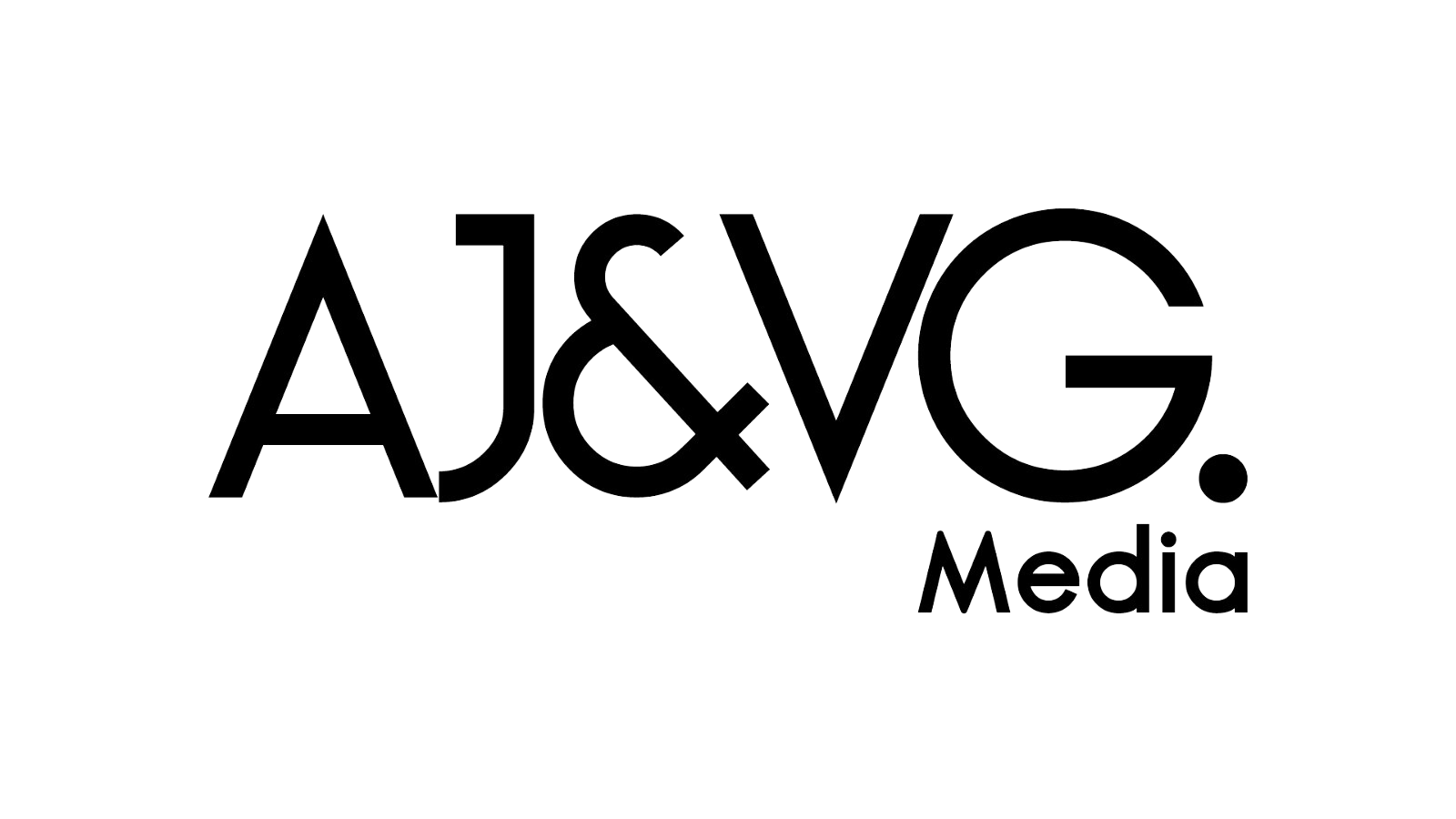Understanding the transformational impact
Virtual Reality (AR) and Augmented Reality (VR) are tremendous technology and media advancements with a transformational impact in education, industry, sports, and entertainment. VR and AR are inverse reflections of each another in regards to what each technology seeks to accomplish and deliver for users. Even though some tech companies are renaming the Augmented Reality and Virtual Reality to ‘Mix Reality’ or ‘AVR’, it is worth the time to review the differences – to understand the potential impact.
Virtual reality offers a digital re-creation of a real-life setting, while augmented reality delivers virtual elements as an overlay to the real world. This high level description is very subtle and difficult to describe. The AVR continuum diagram designed by Oral Roberts University attempts to explain the differences from an illustrative perspective.

Oral Roberts University has implemented a comprehensive augmented and virtual reality application platform that embodies both Augmented and Virtual Reality (AVR) within the same system. This enterprise-based platform approach to AVR allows the entire spectrum of education and learning experiences offered through augmented and virtual reality to be used on any display, goggles, smartphone and pieces of coded paper. ORU has partnered on the entire platform, which allows us to use the 7,000 pre-developed AVR teaching objects and develop our own specialized AVR learning objects and environments. The partnership is with EON Reality who has developed the entire AVR platform over the past 18-years to ensure that the learning objects and environments intersect with education, industry, sports, and entertainment.
WHAT IS VIRTUAL REALITY?
Virtual reality (VR) is an artificial, computer-generated simulation or recreation of a real life environment or situation. It immerses the user by making them feel like they are experiencing the simulated reality firsthand, primarily by stimulating their vision and hearing.
VR is typically achieved by wearing a headset like Facebook’s Oculus or HTC’s VIVE equipped with the technology, and is used prominently in two different ways:
• To create and enhance an imaginary reality for gaming, entertainment, and play (Such as video and computer games, or 3D movies, head-mounted display).
• To enhance training for real life environments by creating a simulation of reality where people can practice beforehand (Such as flight simulators for pilots).
Virtual reality is possible through a coding language known as VRML (Virtual Reality Modeling Language) which can be used to create a series of images, and specify what types of interactions are possible for them.
WHAT IS AUGMENTED REALITY?
Augmented reality (AR) is a technology that layers computer-generated enhancements atop an existing reality in order to make it more meaningful through the ability to interact with it. AR is developed into apps and used on mobile devices to blend digital components into the real world in such a way that they enhance one another, but can also be told apart easily. AR technology is quickly coming into the mainstream. It is used to display score overlays on telecasted sports games and pop out 3D emails, photos or text messages on mobile devices. Leaders of the tech industry are also using AR to do amazing and revolutionary things with holograms and motion-activated commands.
In summary, below are three videos that demonstrated how Oral Roberts University is leveraging augmented, virtual, and mixed reality which we refer to as Oral Roberts University Reality. With our partner EON Reality, ORU is already offering our Internationally award winning ORU Whole Person Education with ORU Reality.
Virtual Reality – Full Immersion with Professor Dr. Joel Gaikwad
Augmented Reality for Education in Partnership with EON Reality
ORU’s Reality for Education in Partnership with EON Reality
Michael L. Mathews,
Chief Information Officer,
Oral Roberts University.




